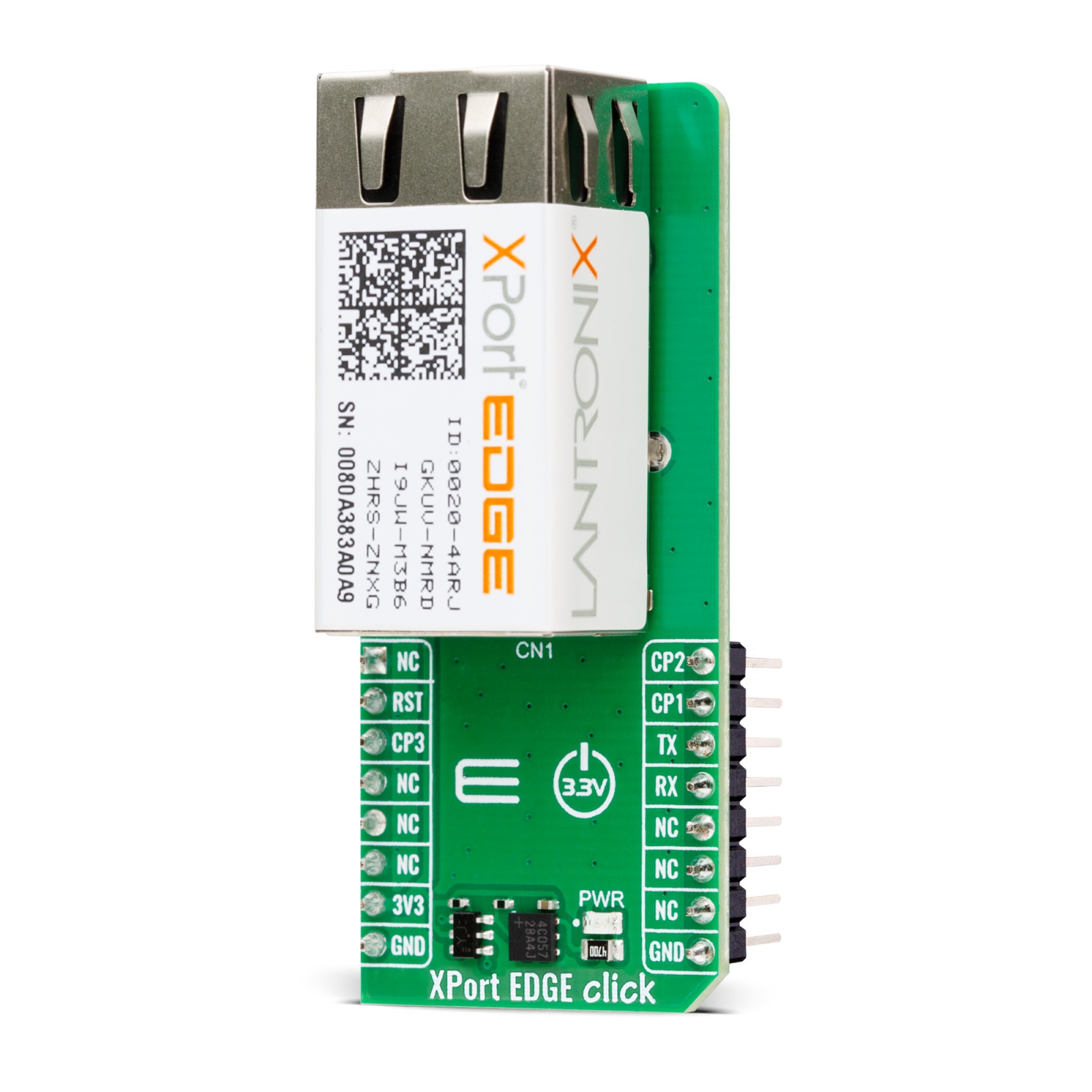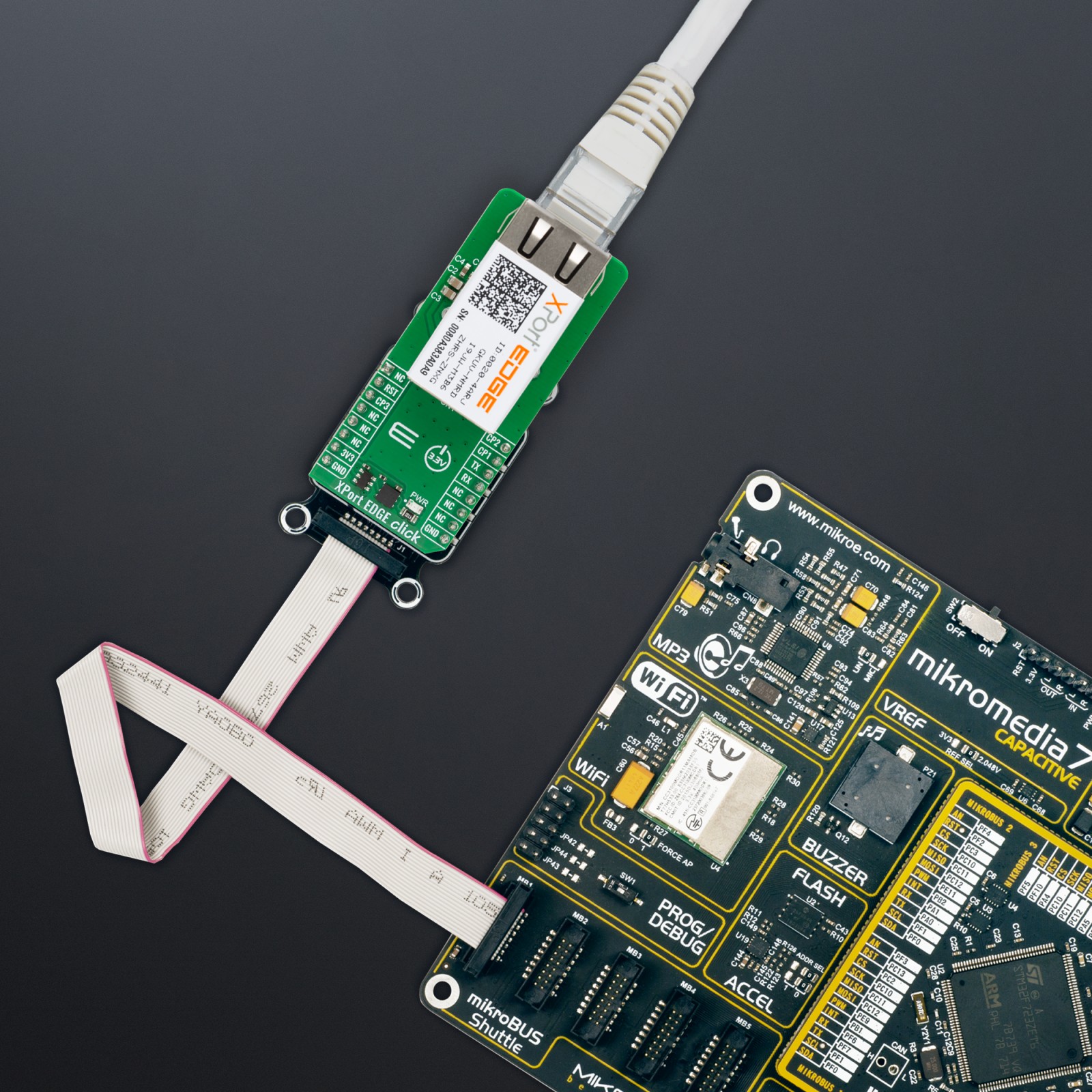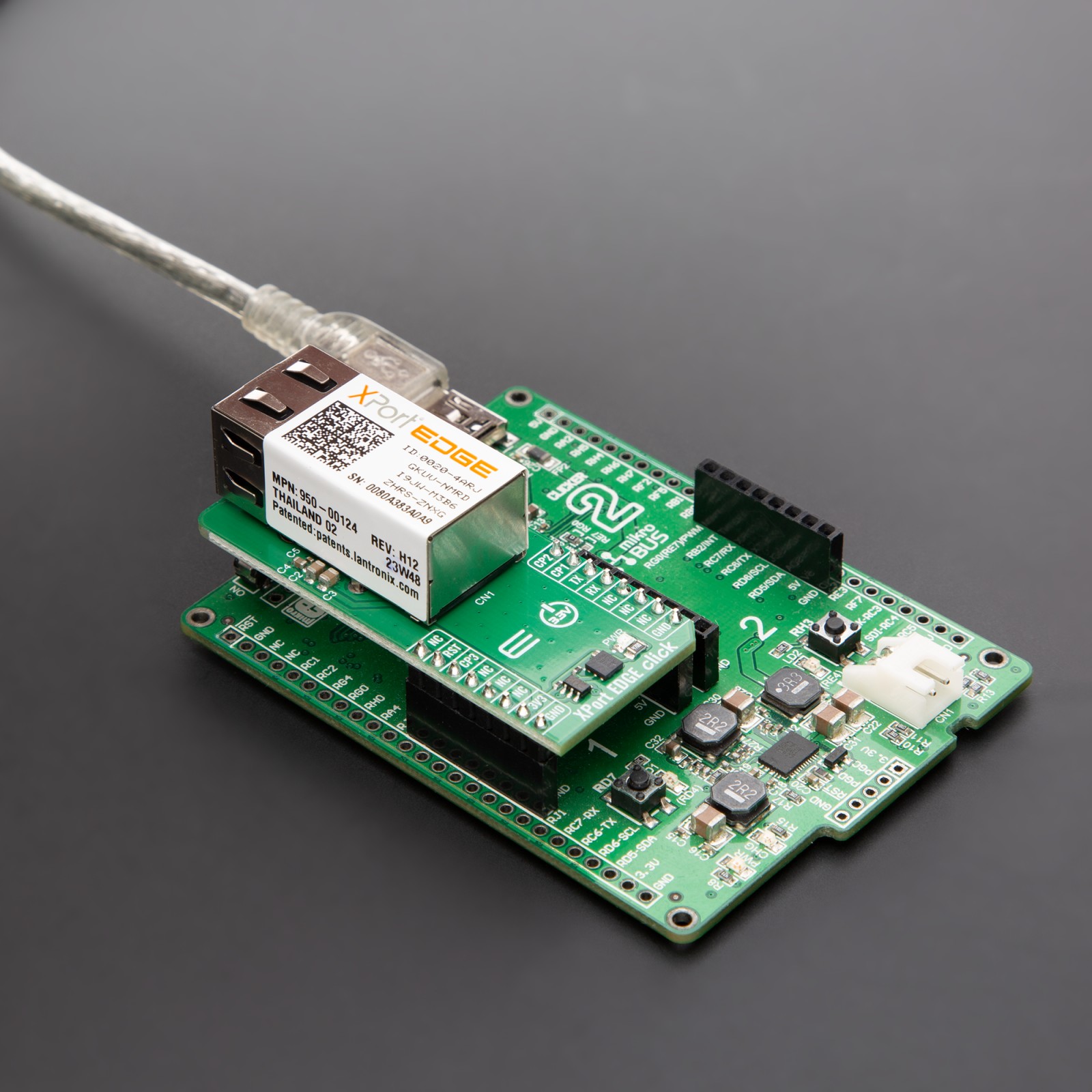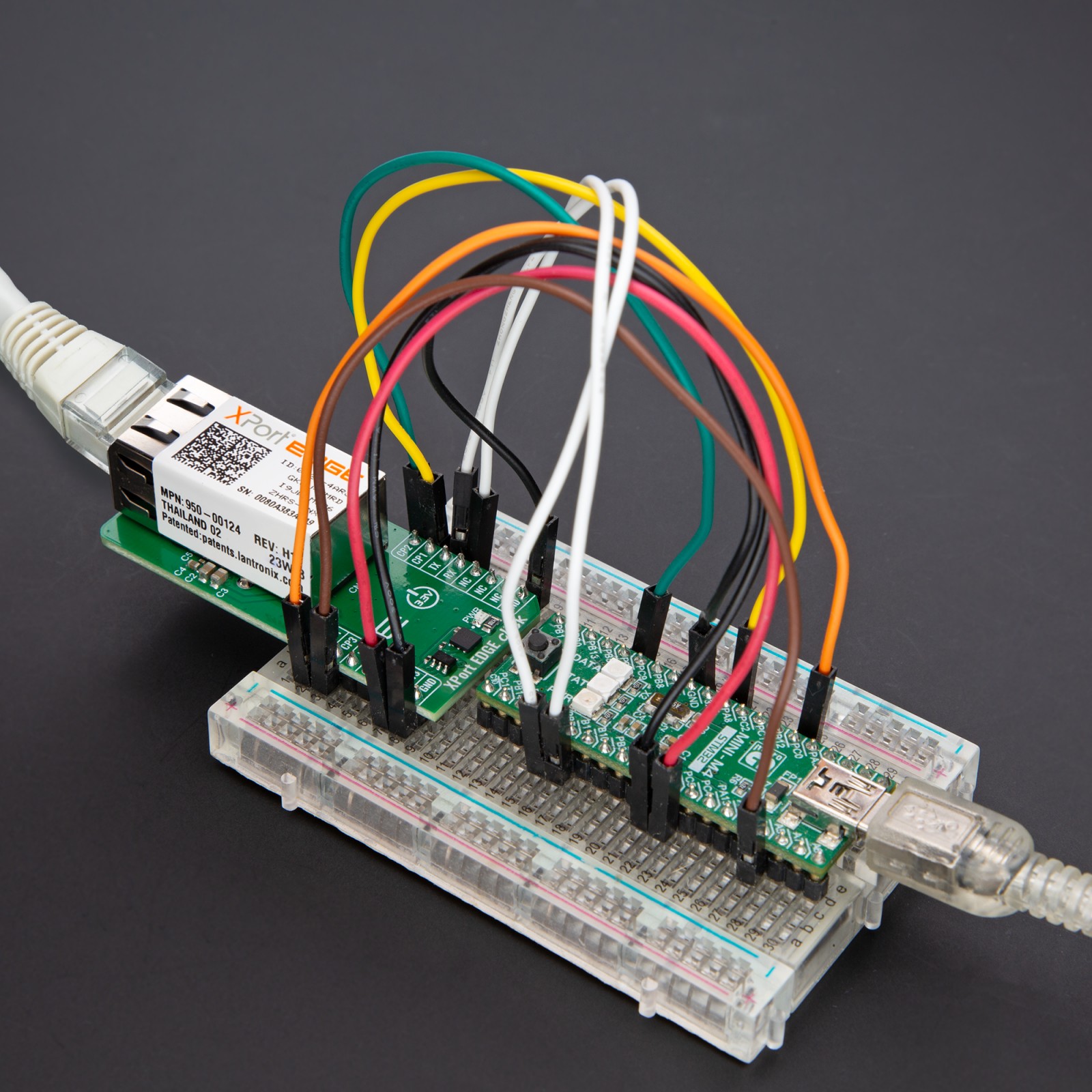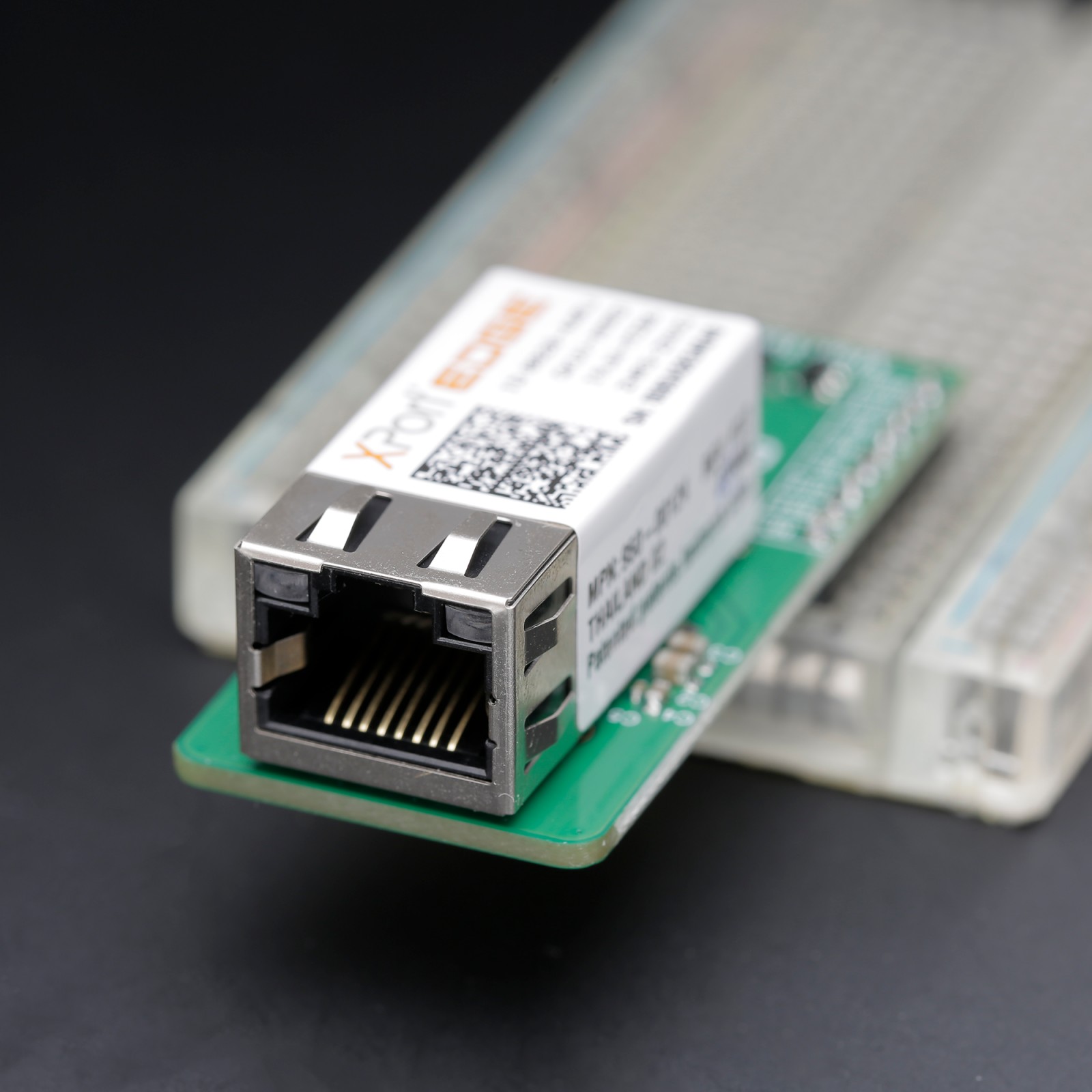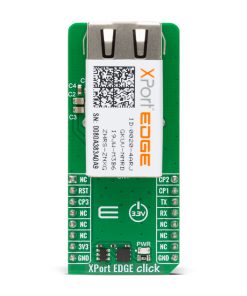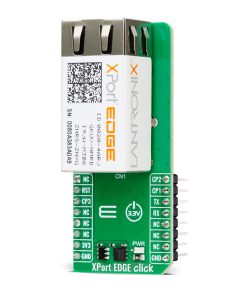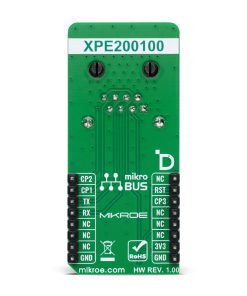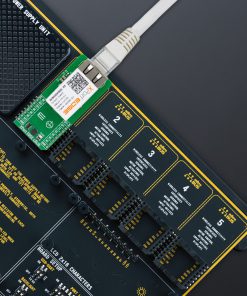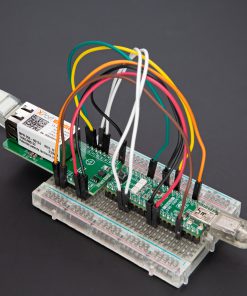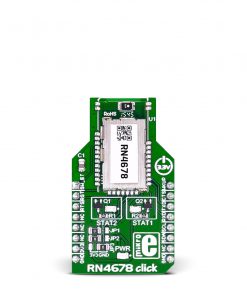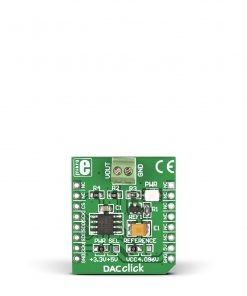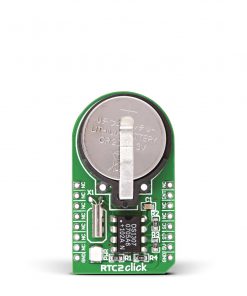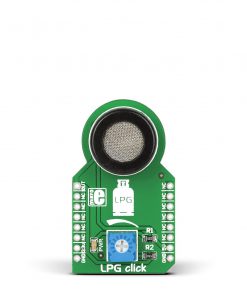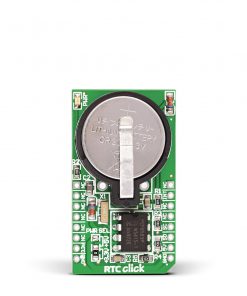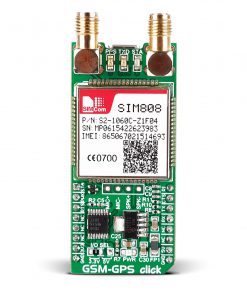XPort EDGE Click is a compact add-on board for secure wired Ethernet connectivity for embedded applications, enabling device-to-cloud communication and remote management capabilities. It is based on the XPE200100S module from Lantronix, a next-generation embedded Ethernet gateway integrated with the Percepxion™ IoT edge solution. This board features an integrated RJ45 connector with magnetics, supports 10/100 Mbps Ethernet via IEEE 802.3-compliant MAC/PHY, and offers built-in support for advanced networking protocols and Lantronix’s TruPort® Serial and TruPort® Socket technologies for flexible serial-to-Ethernet bridging. With 8MB flash memory for firmware and web content, plus robust Infinishield™ Security, this Click ensures high-integrity data transmission and device safety for industrial automation, remote equipment monitoring, smart infrastructure, and any embedded system requiring secure and manageable Ethernet-based network access.
XPort EDGE Click is fully compatible with the mikroBUS™ socket and can be used on any host system supporting the mikroBUS™ standard. It comes with the mikroSDK open-source libraries, offering unparalleled flexibility for evaluation and customization. What sets this Click board™ apart is the groundbreaking ClickID feature, enabling your host system to automatically detect and identify this add-on board.
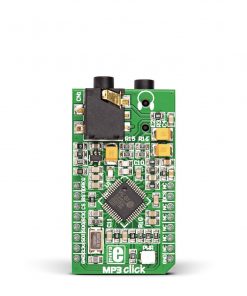 MP3 Click
1 × R480.00
MP3 Click
1 × R480.00 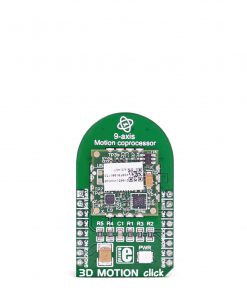 3D Motion Click
1 × R1,050.00
3D Motion Click
1 × R1,050.00  GPS Click
1 × R1,050.00
GPS Click
1 × R1,050.00 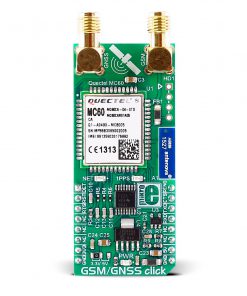 GSM/GNSS Click
1 × R1,650.00
GSM/GNSS Click
1 × R1,650.00 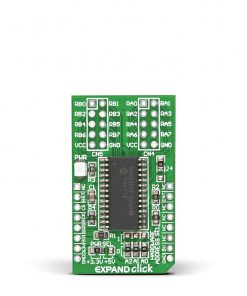 EXPAND Click
1 × R260.00
EXPAND Click
1 × R260.00 

